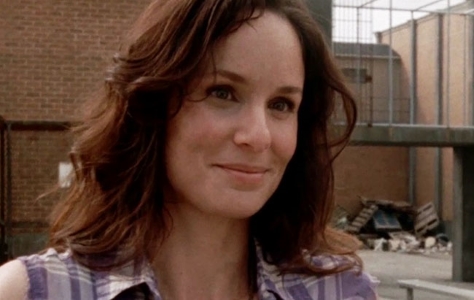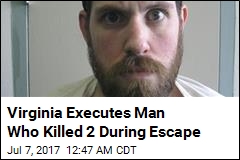

Most commonly, it’s a mother who is blamed for creating mental illness in her child. Hyler, MD, Professor of Psychiatry at Columbia University Medical Center, in his Comprehensive Psychiatry article, “DSM-III at the Cinema”.Īnother recurring myth is that of the “schizophrenic parent”, which roots mental illness in a person’s upbringing. This is called the “presumption of traumatic etiology”, a term used by Steven E. Narratively, cinema tends to oversimplify the onset of a character’s mental illness by rooting it tidily in a single trauma.
DEAD GUY CANT ESCAPE HOSPITAL PROFESSIONAL
During this time, many patients with mental disorders were able to reintegrate into society thanks to advances in antipsychotics, new government programs like Supplemental Security Income (SSI), and a wider array of community mental health services.Ī marker of these films as a subgenre is how often their introductions rely on either the commentary of a mental health professional or a traumatizing backstory as a plot device elements that are combined in no less than eight films. The abundance reflects deinstitutionalization, a mental health movement that began in the US in the 1960s and served to reduce the need for permanent care. The five earliest are all about escapees, yet they span genres, laughing off mental illness via slapstick or heightening anxiety about it via melodrama and mystery.Ī golden age for this subgenre, offering 12 films, lasted throughout the ’70s and into the early ’80s. Eleven of these films were made between 19. Released between 19, they offer the subgenre’s most authentic depictions (e.g., David Cronenberg’s Spider). Twenty of the 32 films present discharged or escaped patients who are male, while ten center on female patients and two on both male and female patients.Īs for the era, nine of the 32 films here are contemporary. Nearly all center on white, middle- to upper-class characters. Otherwise, these are films that gained an audience in North America.

The 32 films compiled here, in chronological order, all build on the tension of a mental patient’s readjustment - or re-maladjustment - to society.Įighteen of these 32 films are dramas and comedies. By “leaving”, I mean the patient has been released or has escaped. By “begin with”, I mean that, within the first third of the movie, we either witness the patient leaving a hospital or learn about his or her recent commitment. Films that begin with a patient leaving a mental institution can be equally gripping.
DEAD GUY CANT ESCAPE HOSPITAL LICENSE
Steele is in custody without bail, according to the Sheriff’s Office.Light bulb by ColiNOOB ( Pixabay License / Pixabay)įilms set in mental institutions have long captivated audiences consider, for example, The Snake Pit (1948), One Flew Over the Cuckoo’s Nest (1975) and Girl, Interrupted (1999). He was detained and later arrested on suspicion of murder. Thursday that he’d been spotted on the Hopland Rancheria. Steele was identified as a person of interest and Hopland Tribal members reported at about 12:30 p.m. The 1-year-old was found nearby and pronounced dead at the scene. Wednesday, a passerby found the 2-year-old boy, who was taken to Adventist Health Ukiah Valley hospital for life-threatening injuries. She advised officials the children were with Steele. Wednesday regarding her missing children.

The mother contacted investigators around 1:30 p.m.

Investigators say Steele retrieved the children and on Wednesday morning left them by railroad tracks near the 300 block of Brush Street, about a mile south of where the mother was arrested. During her arrest, she advised a babysitter was watching her two children at a motel a half-mile away.


 0 kommentar(er)
0 kommentar(er)
